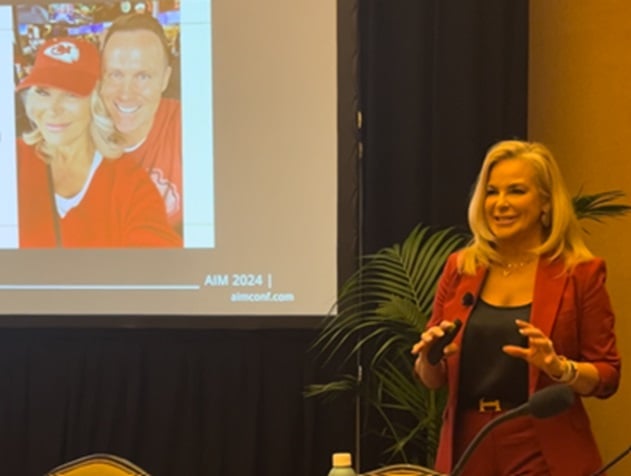Given the way people took to virtual meetings during the pandemic, one might think the acceptance would extend to community meetings in which developers present their projects to the public.
But a recent survey by technology company coUrbanize, which has a platform for community engagement, suggests that something can sound sensible and yet not appealing.
The survey of 1,087 US residents during a two-week period between May and June 2021 showed that most residents, at 60.2%, agreed that virtual community meetings are more convenient than traditional in-person ones. Also, 57.2% said virtual meetings would make it more likely for them to attend.
Recommended For You
Want to continue reading?
Become a Free ALM Digital Reader.
Once you are an ALM Digital Member, you’ll receive:
- Breaking commercial real estate news and analysis, on-site and via our newsletters and custom alerts
- Educational webcasts, white papers, and ebooks from industry thought leaders
- Critical coverage of the property casualty insurance and financial advisory markets on our other ALM sites, PropertyCasualty360 and ThinkAdvisor
Already have an account? Sign In Now
*May exclude premium content© 2025 ALM Global, LLC, All Rights Reserved. Request academic re-use from www.copyright.com. All other uses, submit a request to [email protected]. For more information visit Asset & Logo Licensing.








